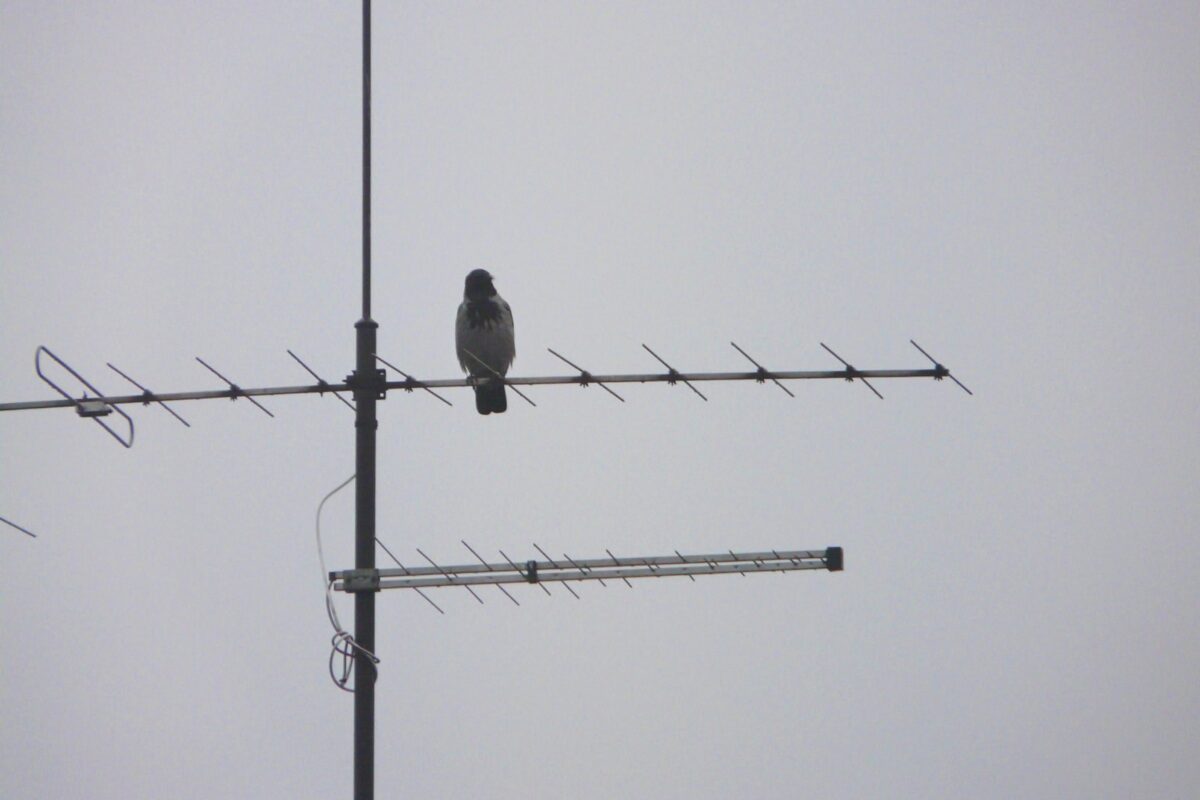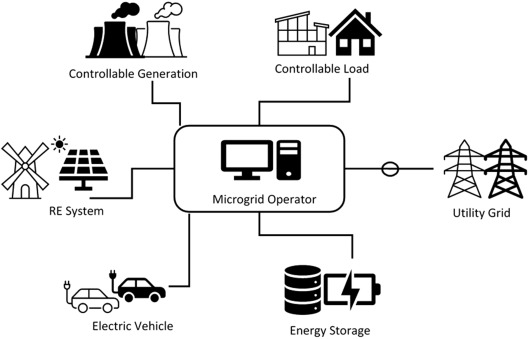How to Watch High Definition Antenna Channels on Multiple TVs

In an era dominated by streaming services and cable subscriptions, the humble antenna still holds its ground as a reliable source of high-definition television channels. However, what if you want to extend this convenience to multiple TVs in your home? Fear not! In this guide, we’ll explore the various methods and technologies available to help you watch high definition antenna channels on multiple televisions.
Before delving into the intricacies of distributing antenna channels to multiple TVs, let’s first understand what high-definition antenna channels are. These channels are broadcast over the airwaves in a digital format, providing crystal-clear picture and sound quality without the need for a cable or satellite subscription. They offer a wide range of programming, including local news, sports, and popular network shows, making them a popular choice for cord-cutters.
The Importance of Multiple TV Access While enjoying antenna channels on a single TV is convenient, many households have multiple televisions spread across different rooms. Whether it’s the living room, bedroom, or even the kitchen, the desire to watch antenna channels on every TV is understandable. This not only enhances convenience but also ensures that everyone in the household can enjoy their favorite programs simultaneously.
Methods for Watching Antenna Channels on Multiple TVs
1. Antenna Splitter One of the simplest and most cost-effective methods for distributing antenna channels to multiple TVs is through the use of an antenna splitter. A splitter takes the signal from your antenna and divides it into multiple streams, allowing you to connect each stream to a different television. This method is ideal for households with relatively short cable runs and a limited number of TVs.
2. Distribution Amplifier For larger homes or situations where the signal strength may be weaker, a distribution amplifier can help boost the signal before splitting it among multiple TVs. A distribution amplifier amplifies the antenna signal, ensuring that each television receives a strong and clear signal. This is particularly useful in areas with weak reception or when splitting the signal across long cable runs.
3. Multi-room Antenna System Another option for watching antenna channels on multiple TVs is to invest in a multi-room antenna system. These systems typically consist of a single antenna installed on the roof or in the attic, along with distribution components that route the signal to various rooms in the house. While more expensive than a simple splitter or amplifier, multi-room antenna systems offer the advantage of centralized installation and distribution, resulting in a cleaner and more streamlined setup.
4. Wireless Antenna Extenders For situations where running cables from the antenna to each TV is impractical, wireless antenna extenders provide a convenient solution. These devices wirelessly transmit the antenna signal to compatible receivers connected to each television, eliminating the need for cumbersome cable runs. Wireless antenna extenders are ideal for retrofitting existing homes or for situations where running cables through walls is not feasible.
Choosing the Right Equipment When setting up a multi-TV antenna system, it’s important to choose the right equipment for your specific needs. Consider factors such as the number of TVs you wish to connect, the layout of your home, and the strength of the antenna signal in your area. Additionally, ensure that all components are compatible with each other and capable of delivering high-definition video and audio quality to each television.
Installation and Setup Once you’ve selected the appropriate equipment, it’s time to install and set up your multi-TV antenna system. Begin by installing the antenna in a location with optimal signal reception, such as the roof or attic. Next, connect the antenna to your chosen distribution method, whether it’s a splitter, amplifier, or multi-room system. Finally, connect each television to the distribution system using coaxial cables or wireless receivers, following the manufacturer’s instructions carefully.
Testing and Troubleshooting When You Buy Antenna From Shop Tv Antennas and After installation, it’s essential to test each television to ensure that it’s receiving a clear signal from the antenna. Check for any issues such as pixelation, stuttering, or loss of signal strength, and troubleshoot as necessary. This may involve adjusting the antenna position, replacing cables, or upgrading components to improve signal quality. Additionally, be mindful of potential sources of interference, such as nearby electronics or structural obstacles, and take steps to mitigate them if needed.
Watching high-definition antenna channels on multiple TVs is a convenient and cost-effective way to enjoy your favorite programming throughout your home. Whether you opt for a simple splitter, a distribution amplifier, a multi-room antenna system, or wireless extenders, there are plenty of options available to suit your needs and preferences. By choosing the right equipment, carefully planning your installation, and troubleshooting any issues that arise, you can create a seamless and enjoyable viewing experience for every member of your household.









